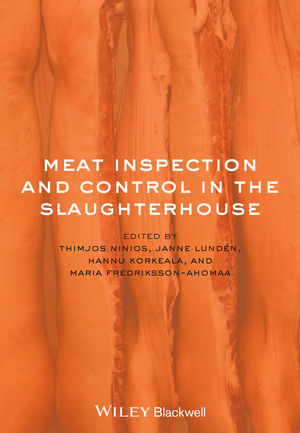A Conversation With C. Larry Pope President and Chief Operating Officer
The effervescent Larry Pope has a storehouse of reasons to feel good about his job as the executor of Smithfield Foods’ operating strategies. He recently reported a “very strong quarter-to-quarter comparison with the prior year” for Smithfield Foods, which generated $2.9 billion in sales its fourth quarter compared to $2.5 billion in the same period the previous year.
“What makes me so pleased with the numbers is that we’ve said many times, that our business has a number of prongs to our stool, and not all of those prongs or legs are strong at this point; and yet we’re continuing to produce very strong earnings at the bottom line.” The man who determines the business moves on a daily basis knows the corporate culture of the company he joined 25 years ago as controller. Before moving up to president, he served as vice president of finance and chief financial officer.
Q: Does the alignment restructuring between Smithfield Packing and Gwaltney also signal a corporate management restructuring?
Pope: Make no mistake, Joe Luter III is the CEO and he runs Smithfield Foods. He seeks my advice, but he sets the strategy. Joe has done a wonderful job for 30 years of building a big engine and sees the industry more clearly than anybody else I know. My responsibilities, once the strategy is executed, are to make the strategy work as the day-to-day guy running the business by putting the management people in place, deciding the products, and how these companies will work together.
Q: What is the operating foundation of Smithfield Foods?
Pope: We are going a different direction than most others in the industry. We follow the independent operating concept, and we like it. I like those presidents running their business. When we need to, we can coordinate and act like one company then take segments of the business and provide the experts to our customers to deliver against specific product categories. For example, take pre-cooked bacon. We have the Patrick Cudahy organization that can drill down exactly in that category. If you want to talk to us about pre-cooked ribs, we have the Curly’s organization that can talk to you about specifics. If you want fresh pork and case ready, Farmland is in the Midwest and Smithfield Packing Company in the East. If you want to talk about hot dogs and value items, the Gwaltney organization can deliver the best and lowest-cost competitive product. Foodservice bacon? That’s the Mohawk people in San Jose. If you are a major foodservice organization and you want a number of product categories covered, we can deliver the entire Smithfield Foods organization.
Q: What are the specific benefits of this strategy?
Pope: Having a unique strategy, that no one else can copy, gives us a formidable advantage and a strong future because we can be flexible. Moreover, we are customer-service oriented. That means coming to our customers however they want us. Our product categories have multiple redundancies, and our customers understand that this eliminates supply chain risks. We are coordinated and big enough that we can service any customer in the United States — at any level.
Q: Smithfield has earned the equivalent of a doctorate degree in pork production, processing, and vertical integration, how does the beef acquisition fit strategically?
Pope: The industry is in turmoil, but Americans love beef and the demand is still there. The issues of the day — whether export markets or BSE — are really noise in my mind. Maybe they won’t get resolved quickly, but we are in the game to win and will ride this tide. Remember, we have the financial wherewithal so as beef suffers, pork benefits. We are not totally losing in the game even as we play the game.
Q: Is vertical integration a goal on the beef side?
Pope: I don’t know if vertical integration on the beef side will ever reach the level of the pork side. There are so many breeds and it is extremely fragmented concerning cattle. We are building feedlots through joint ventures. We had an opportunity to buy some beef several years ago at a price that made sense. It has worked out. Admittedly today we are not making much money. However, cattle business has opened up allowing us to make a profit raising cattle to offset the beef processing losses. We have said many times that we are an opportunistic company and we are interested in growing our beef business. It is a natural extension.
Q: What about poultry?
Pope: We have not been so interested in the poultry industry. Although I would give the chicken industry a wonderful round of applause, that segment has been chickened out. Where is the big money to be made in the poultry industry? Conceptually, the beef industry is behind, and much can be done on that side. Nobody is cooking to any great extent and it is still sold pretty much as fresh meat. We picked up our turkey in an acquisition, but have not expanded it. We have no interest in getting out of that turkey business because we like our partners. It is making money and is a profitable business. NP


Report Abusive Comment